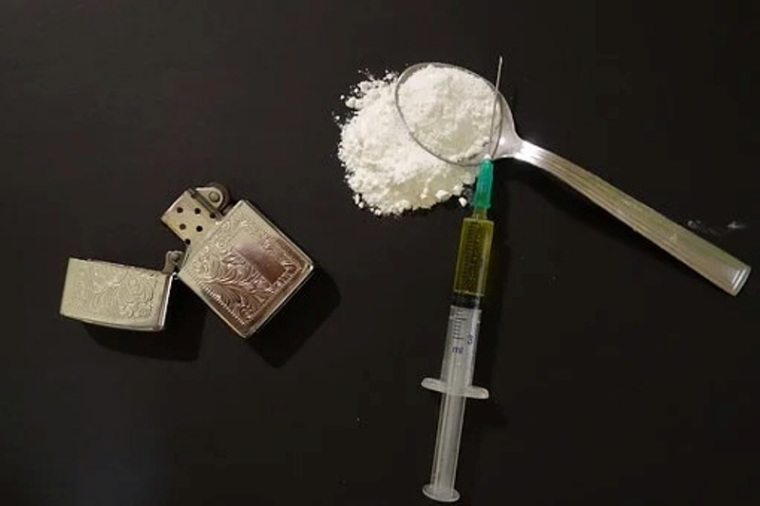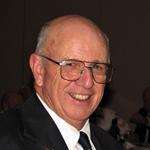
Don’t Park in a No Standing Zone
By the time I’d finished my military career and joined the police service, I was slightly older than most of my colleagues who joined at the same time. On this particular day I was the senior officer and had a young and enthusiastic officer with me patrolling our capital city.
Patrolling on a Quiet Sunday Afternoon
It was a quiet Sunday afternoon, lovely weather and not much to do. We’d started at 2pm and our job was to patrol the city streets in a marked police vehicle and to be available to attend incidents wherever they may have happened.
Casually driving along one of the main thoroughfares, we spotted a large American convertible parked on black & white lines outside a chemist. Black & white lines painted on the gutter meant a ‘No Standing’ zone and the young officer with me was keen to issue an infringement notice to the driver of this car.

An ‘Out-of-Town’ Vehicle
I’d been around this area for about two years and a motor vehicle like this stood out among the crowd and I’d never seen it before so while waiting for the occupants to return, we made a radio call to find out the drivers name and address.
Yes, an out of town vehicle. Shortly thereafter, our radio room called to advise us the owner of the car had an extensive police record for drug offences.
The Itchy Nose Feeling
So what was this vehicle doing in a town 200km away from home? Two men and a young woman emerged from the chemist shop carrying a quantity of vitamin C bottles and we were waiting.
I explained the ‘No Standing’ zone and found out the driver wasn’t the owner, it was his friend and I started to write out an infringement notice which gave me his full details and while I wrote, my young offsider contacted the radio room to see if this younger man had any police record. Turned out he too had a drug offences record.
When the owner and driver could offer no plausible reason for being so far away from home combined with the records which they both admitted to as well as just having purchased several bottles of vitamin C tablets, we decided this was sufficient grounds for us to search the vehicle, a task my young offsider took to with gusto. (Vitamin C, we had been told, was a common requisite for people with a drug addiction).
The Search
He opened the boot and pulled out the toolbox, spare tyre, checked under the bonnet, the glove box, under the dash, under the seats, under the floor mats, virtually everywhere it was thought items could be hidden while I stood on the footpath with the driver to ensure no-one walked away.
Slightly peeved nothing had been found, I then reached across the back seat (convertible with the top down, remember) and lifted a woollen pullover and there it was, ‘hidden in plain sight,’ what turned out to be over $10,000 (street value) worth of heroin, pills and amphetamines.
The driver was quickly handcuffed to an iron railing, the owner was in no condition to run, he was not up to it and the young woman was confused and crying.
Back-Up
We immediately called for back-up - the motor vehicle was impounded and the three people were taken into custody. While my young offsider wrote out his statement, I was seconded with the drug squad sergeant, a good friend, to interview the owner of the vehicle. An hour or so went by and we were getting nowhere with the owner who denied everything.
State-wide Searches
Unbeknown to me, the drug squad in the town where the owner lived had been advised and a search was undertaken at his home, a very successful search I later found out and in a note pad, contact numbers led to several more searches around the state and each new search turned up even more evidence.
The eventual number and value of illegal drug seizures and of those arrested were never made clear to me, save to say the crackdown had far reaching effects even to interstate dealers. Now back to the vehicle owner in his interview.

The Coffee Break
I was the typist for the record of interview and had hardly typed a thing on over an hour; he had refused to admit any offences and denied knowing the drugs were in the vehicle. The sergeant was patient, cool and calm you might say, but persistent.
Another officer came and offered us a cup of coffee, for which I was most grateful.
All three of us just chatted while we had this break and then started all over again. The conversation was about horses as we two often rode and competed together and the offender had also ridden in earlier days.
The interview went on however, after 15 or 20 minutes, the vehicle owner opened up about his drug ‘syndicate’ and eventually made admissions which surprised both of us.
Fast forward about a year and the young officer and I were called to state Police HQ and presented a Commissioner’s Commendation.
I often wondered what was in the coffee late on the Sunday night or if it had been the ‘horse talk’ which had our man open up and make so many admissions and now, 42 years later, I’ve come to the conclusion I will never know.

John Skinner served as an infantry soldier in Vietnam then the Tasmanian Police before taking up the position of CEO of the Australian Rough Riders Association (professional rodeo based in Warwick Qld). Before retirement to his small farm, he was a photo-journalist for 25 years. He is married with 3 children and 7 grandchildren.